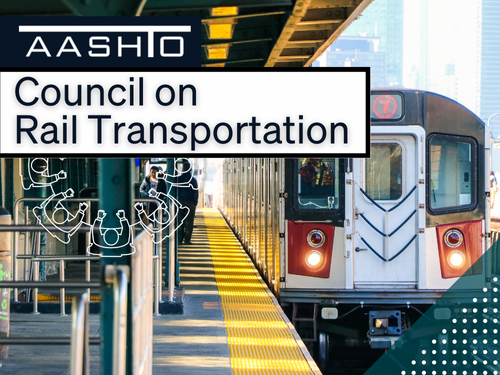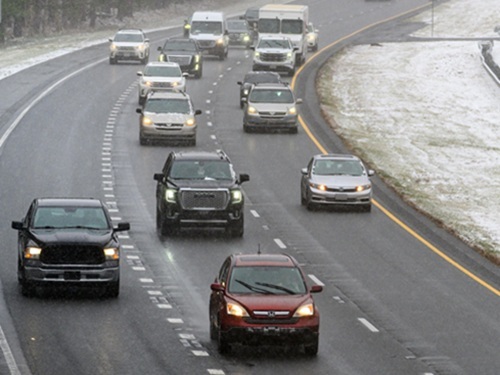The Federal Highway Administration recently approved the Work Zone Data Exchange or WZDx feed developed by one.network for deployment by transportation agencies or any industry stakeholder that needs accurate and timely work zone information.
[Above photo by the Louisiana DOTD]
Starting immediately, the company said it would create a WZDx feed for any American transportation agency that asks, free of charge.

“We believe in work zone information standardization for safety and efficiency and we’re putting our own equity behind it,” explained Adam Graham, one.network’s chief product officer, in a statement.
“In traffic management, sharing accurate and timely information with the widest possible audience is key,” he said. “We have the technology to build these feeds and set them up for an agency within days, saving agencies the cost and effort to create their own feeds from scratch.”
The company said each of its WZDx feeds would include comprehensive data on planned work zone activity, allowing drivers to avoid hazards and agencies to contribute to a national repository of work zone information coordinated by FHWA.

That data will be available to a range of GPS navigation apps – including Google, Waze and TomTom – as well as connected and autonomous vehicle or CAV applications, the firm said. A range of transportation organizations and regional authorities would all have access to those WZDx feeds, one.network emphasized.
In December 2021, FHWA’s Work Zone Data Working Group released version 4.0 of the WZDx Specification – an update the agency said “reorganizes” the feed to make room for smart device data and non-work zone road restrictions, as well as allow road owners to share more nuanced information about worker presence in work zones.
The intent of the WZDxis to make travel on public roads safer and more efficient through ubiquitous access to data on work zone activity. Specifically, the project aims to get data on work zones into vehicles to help automated driving systems and human drivers alike navigate work zones more safely.
“This is a right side of history initiative,” added one.network’s Graham. “It’s crucial that we do everything we can to protect work zone crews and reduce the congestion that’s inherent, but often avoidable, around work zones. WZDx is a huge step forward and we’d like to congratulate FHWA for its leadership and vision.”
 Nation
Nation
Registration Open for AASHTO’s Winter Rail Meeting
December 19, 2025 Nation
Nation

